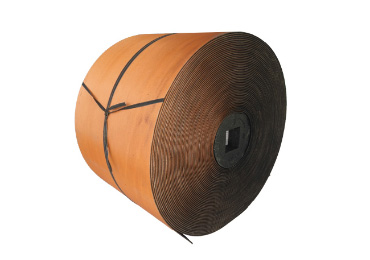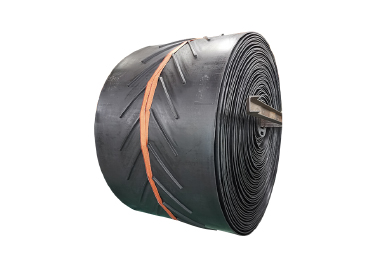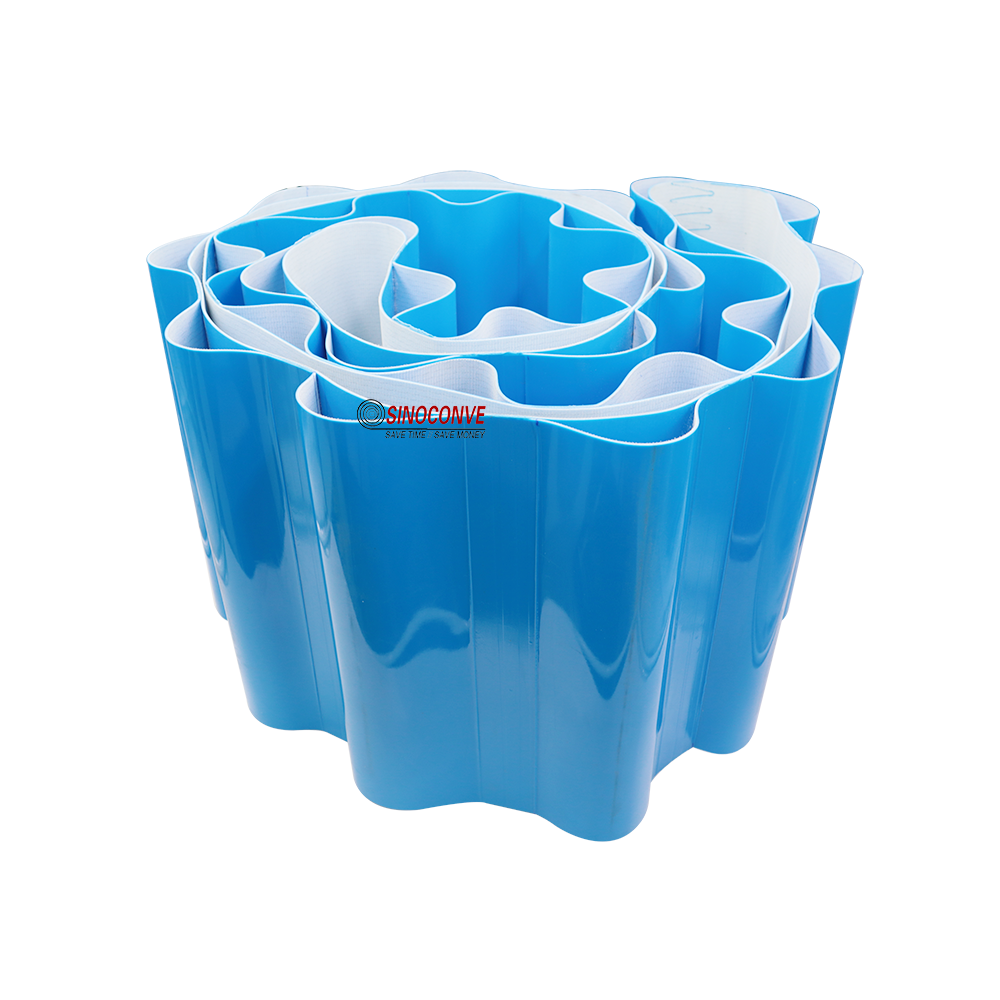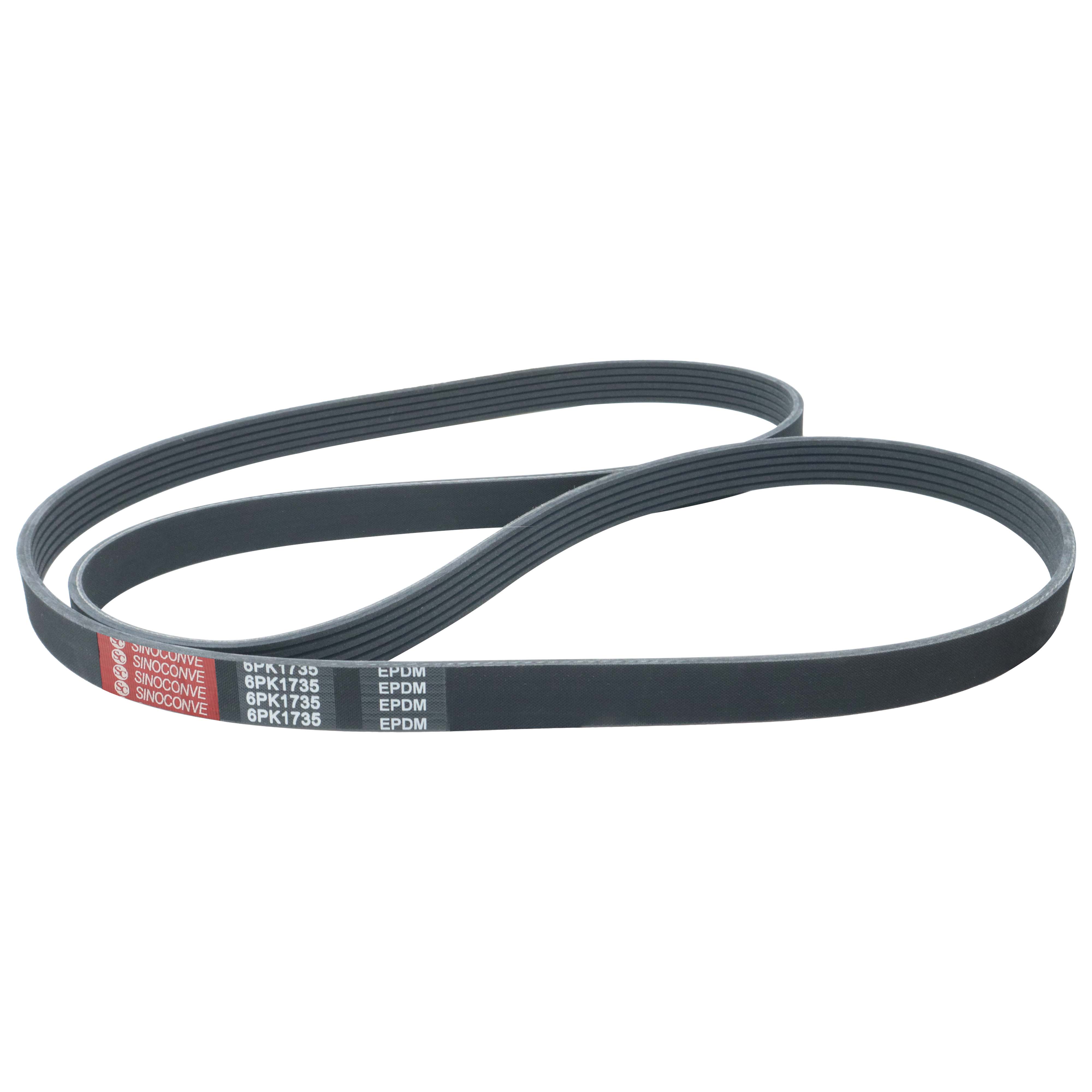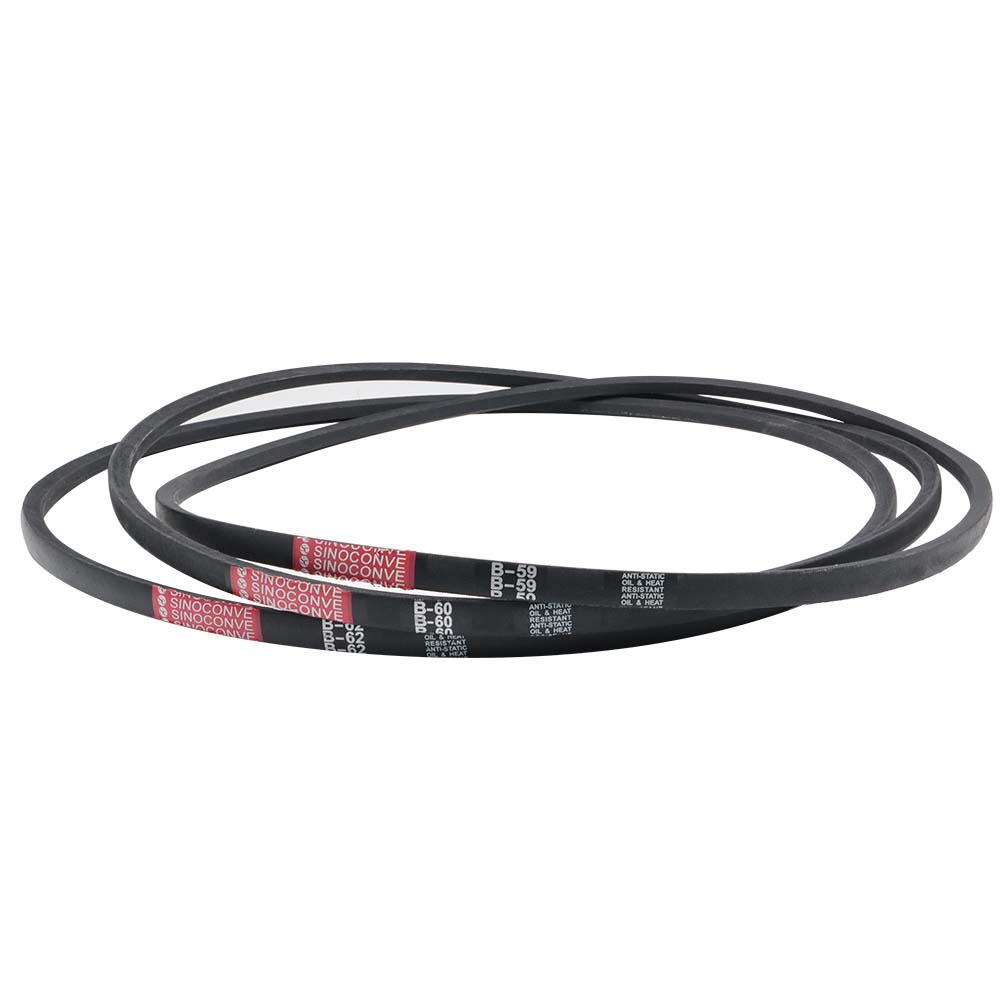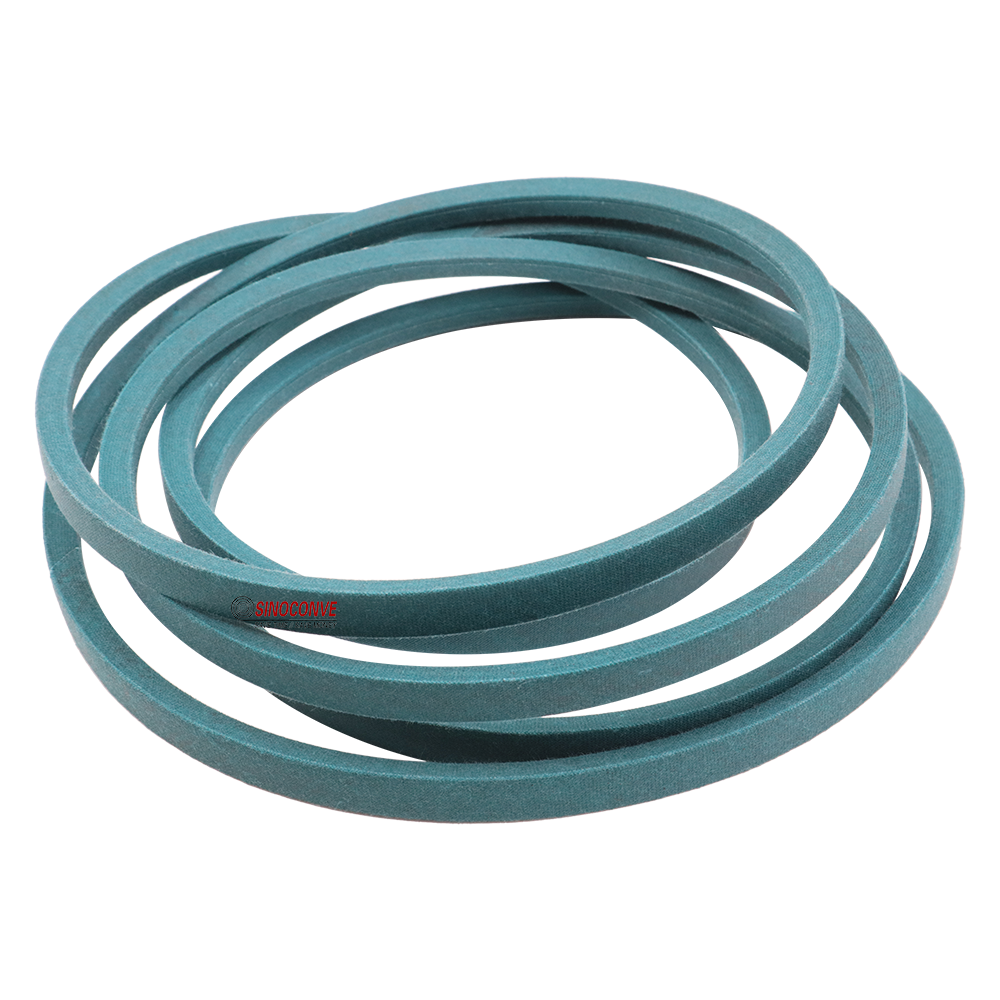Understanding Conveyor Belt Joints
Conveyor belt joints are an essential part of many industrial processes, enabling seamless movement of materials across production lines. Given the critical role conveyor belts play, knowing the right conveyor belt joint method is crucial. Conveyor belt joints are designed to withstand the rigors of daily usage in varied industrial settings while maintaining the efficiency and reliability of material handling systems. These joints ensure that conveyor belts can expand and contract smoothly, thereby increasing operational uptime and minimizing maintenance costs.
Methods of Conveyor Belt Joints
Selecting the proper conveyor belt joint method can significantly affect the operational integrity and longevity of the conveyor system. There are several methods used for joining conveyor belts, such as mechanical, adhesive, and vulcanized joints. Mechanical joints involve the use of metallic fasteners, which can be installed with relative ease but might require more regular maintenance. Adhesive joints offer a more seamless finish, providing smooth belt transitions, although they might be less durable in some high-load environments. Vulcanized joints, considered the most robust method, involve chemically bonding sections of belt using heat and pressure, resulting in a strong and reliable joint ideal for demanding conditions.
Guide to Conveyor Belt Joints
When implementing conveyor belt joints, it is advisable to seek guidance from industry experts to ensure optimal results. The chosen conveyor belt joint method can directly influence the operational efficacy and the % service lifespan of the conveyor system. Careful consideration of the materials being conveyed, the operating conditions, and the specific requirements of the industrial application are necessary to select the right joint method. Proper joint installation and regular maintenance checks can safeguard against potential pitfalls such as misalignment, slippage, and wear.
Incorporating advancements from related industrial fields such as the innovation seen in Copper Busbar Expansion Joints can further enhance the performance of conveyor belt joints. The robustness, high conductivity, and sophisticated design seen in such products mirror the qualities desired in high-performance conveyor belt systems. By leveraging modern designs, facilities can ensure efficiency is optimized along with structural integrity, thus guaranteeing a resilient and refined conveyor operation.

